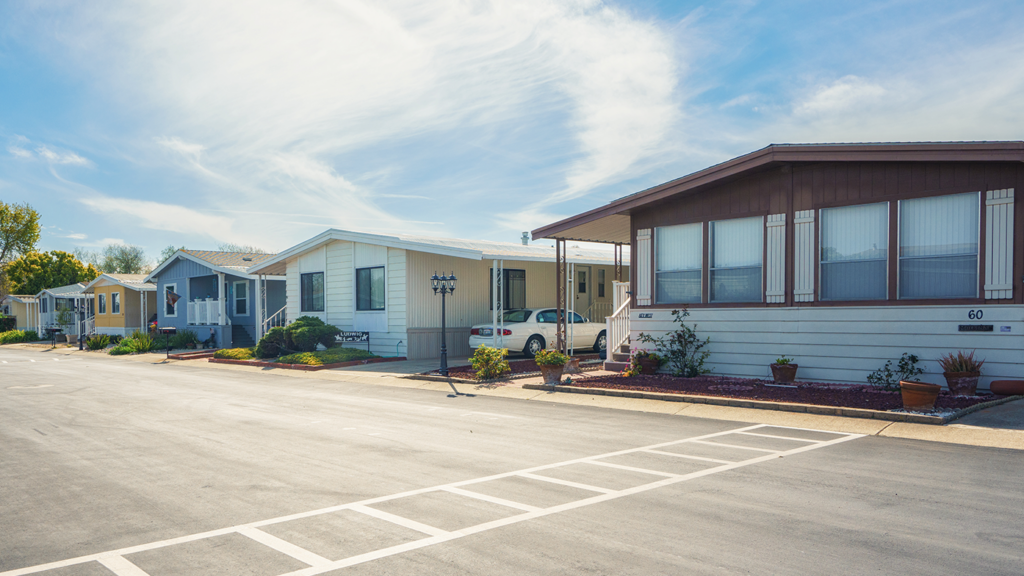Investing in real estate has always been regarded as a sound financial move, and while many investors gravitate towards high-occupancy properties, some are discovering the potential hidden in low-occupancy manufactured housing communities.
Common reasons for low occupancy include mismanagement, lack of maintenance, outdated facilities, destruction from storm damage, and possibly even a poor reputation. Low-occupancy communities can be seen as distressed assets, but for investors with vision, they represent a chance to create substantial value.
According to seasoned MHC investors, the attraction of purchasing a community with potential for in-fill development lies in the opportunity to incrementally boost returns by adding new homes to land that has already been purchased. The additional cost of extending utilities to these new sites is usually a modest investment. The heavier lift comes from purchasing new manufactured homes, but the benefit is that the newly added homes can then be leased or sold to qualified tenants, often commanding higher lot rents compared to the existing tenants and then generating ancillary home income. It is not uncommon to see properties with lower occupancy rates selling at a higher premium compared to those without expansion or in-fill prospects.
 Nancy Caniff
Nancy Caniff
It is not uncommon to see properties with lower occupancy rates selling at a higher premium compared to those without expansion or in-fill prospects.
Beyond the addition of new lots and manufactured homes, one of the most effective means of increasing occupancy is by revitalizing the community’s infrastructure. This might involve upgrading roads, walkways, and communal spaces. Renovations to the clubhouse, playground, and recreational areas also attract new residents. Considerations are often given to enhancing the overall living experience by adding desirable amenities like a fitness center, a dog park, or picnic areas. Additionally, improving utility services, such as water, sewage, and internet, can make a community more attractive.
A crucial aspect of turning around low-occupancy communities is efficient and professional management. Experienced property managers can streamline operations, improve maintenance, and handle resident concerns promptly. Quality management can significantly impact the reputation and desirability of a community.
Turning around a low occupancy manufactured home community requires a combination of vision, dedication, and strategic investments. Most often these investments extend beyond real estate into personal property such as manufactured homes, which are a necessary component in order to derive lot rent and to achieve lease-up to stabilized levels. Ultimately, successful revitalization of such communities can lead to not only financial rewards but also positive social impacts within the community itself.



 Aaron Jodka
Aaron Jodka
 Stephanie Rodriguez
Stephanie Rodriguez